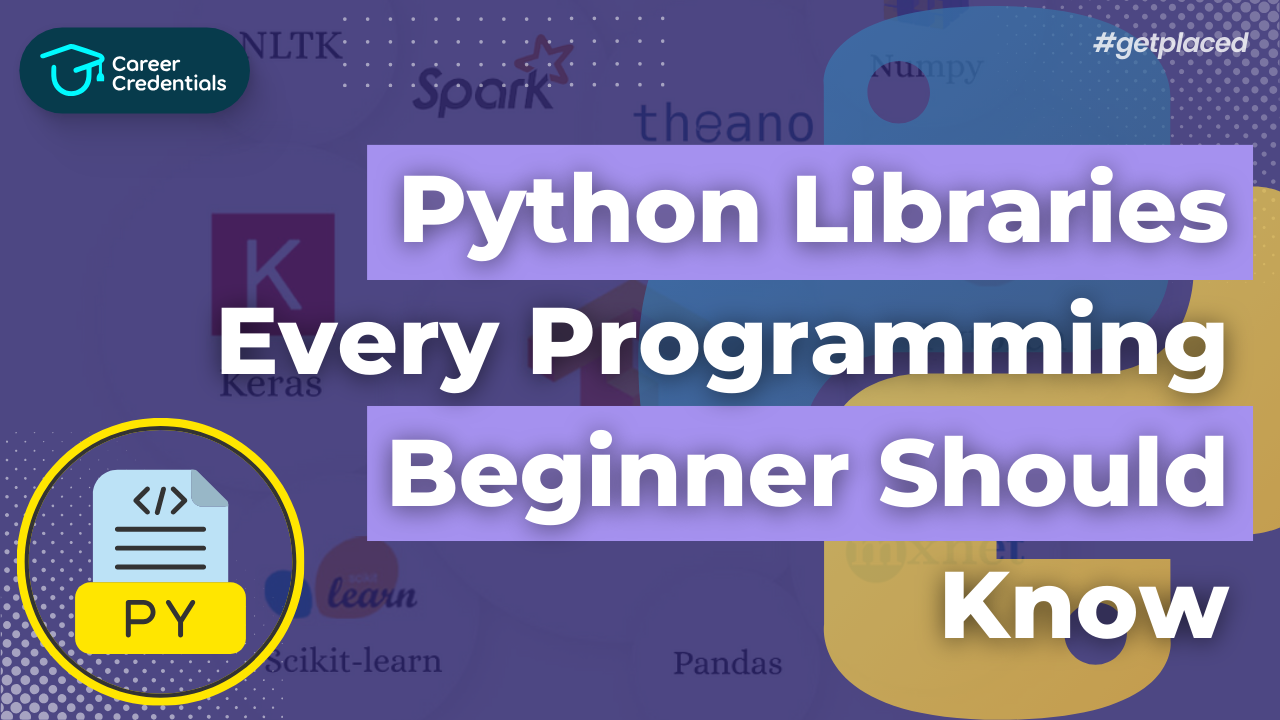Operating Systems (OS): Types, Functions, and Real-World Examples
In today's digital age, electronic devices have become an integral part of our daily lives. From computers and smartphones to tablets and motor vehicles, all these devices operate on a common foundation - the operating system (OS). The operating system is the brain or soul of any electronic device, acting as an interface between humans and their gadgets. This guide delves into the world of operating systems, exploring their types, history, functions, and significance.
What is an Operating System?
An operating system (OS) is a software that runs on your computer or other electronic devices. It manages software applications and hardware resources, acting as a bridge between the user, the hardware, and the software. The OS allows users to communicate with their devices without needing to understand the complex machine language. Over the past three decades, operating systems have played a pivotal role in making computers one of the most successful inventions, revolutionizing various sectors such as education, healthcare, transportation, and communication.
Why Learn About Operating Systems?
Understanding operating systems is crucial for IT professionals, software developers, and engineers. Troubleshooting and identifying issues with an OS are valuable skills in the tech sector. Knowledge of operating systems can give you a competitive edge and help you stay ahead in an ever-evolving technological landscape.
Functions of an Operating System
The primary functions of an operating system include:
- Resource Management: Manages hardware resources such as the CPU, memory, and storage.
- File Management: Organizes and controls access to data stored on devices.
- Process Management: Manages the execution of multiple processes simultaneously.
- Security and Access Control: Protects the system from unauthorized access and threats.
- Error Detection and Handling: Identifies and resolves system errors.
- User Interface: Provides a user-friendly interface for interaction with the device.
Types of Operating Systems
Operating systems can be classified into several types based on their functionality and application:
- Batch Operating System: Jobs with similar needs are batched together and run as a group without manual intervention.
- Time-Sharing Operating System: Multiple users share computer resources simultaneously, with the processor time divided among them.
- Distributed Operating System: Utilizes multiple processors in different machines for fast computation.
- Network Operating System: Connects and communicates with autonomous computers over a network.
- Real-Time Operating System: Processes data in real-time without delay, suitable for applications that require immediate response.
- Mobile Operating System: Designed for smartphones, tablets, and wearable devices.
Examples of Operating Systems
- Microsoft Windows: GUI-based OS for personal computers.
- Apple macOS: OS for Apple’s personal computers and workstations.
- Google's Android OS: OS for smartphones, tablets, and smartwatches.
- Apple iOS: OS for iPhones, iPads, and iPods.
- Linux Operating System: OS for personal computers and workstations.
Real-World Applications of Operating Systems
Desktop Operating Systems
Desktop operating systems are designed for personal computers, containing all the utilities and applications users need. They are regularly updated with the latest software versions to provide an enhanced user experience.
Mobile Operating Systems
Mobile operating systems are designed for cellular phones and other portable devices. They include essential software and minimalistic utilities, making them easier to update and maintain.
Server Operating Systems
Server operating systems are tailored for running applications like email servers, file-sharing servers, and web servers. They support multiple users and incorporate advanced security features.
Top Companies Hiring Operating System Engineers
- Northrop Grumman
- Lockheed Martin
- Boeing
- Honeywell
- Raytheon Technologies
- Intel Corporation
Learning Resources for Operating Systems
Numerous course providers offer operating system courses, from introductory to advanced levels. Some top providers include:
- Udacity
- Coursera
- edX
- Pluralsight
- Udemy
- Alison
- IGNOU
- NPTEL
- IIT Madras
- IBM
- Codio
- Georgia Tech
These providers offer a variety of courses, each with unique teaching approaches, allowing you to find one that best fits your learning style and goals.
Developing Your Own Operating System
For those interested in creating their own OS, several tools are available:
- Fling-It: An open-source CLI tool for managing Windows installations.
- Cosmos: A remote administration tool for managing servers from a remote location.
- SharpOS: Identifies file types and extracts information without requiring knowledge of each program.
- Singularity: Manages the activities of files and applications.
- MOSA (Managed Operating System Alliance Project): A collaborative project aimed at creating a single management interface for various OS tools.
Conclusion
Operating systems are the backbone of modern information technology, enabling seamless interaction between users and their devices. Understanding their functions, types, and applications is essential for anyone in the tech sector. With numerous resources available for learning and development, mastering operating systems can provide a significant advantage in the competitive field of software development and engineering.
Explore the world of operating systems and unlock new opportunities in your tech career!
Confused About Your Career?
Don't let another opportunity pass you by. Invest in yourself and your future today! Click the button below to schedule a consultation and take the first step towards achieving your career goals.
Our team is ready to guide you on the best credentialing options for your aspirations.
Let's build a brighter future together!
Empower Yourself. Elevate Your Career at Career Credentials Where Education meets Ambition.

